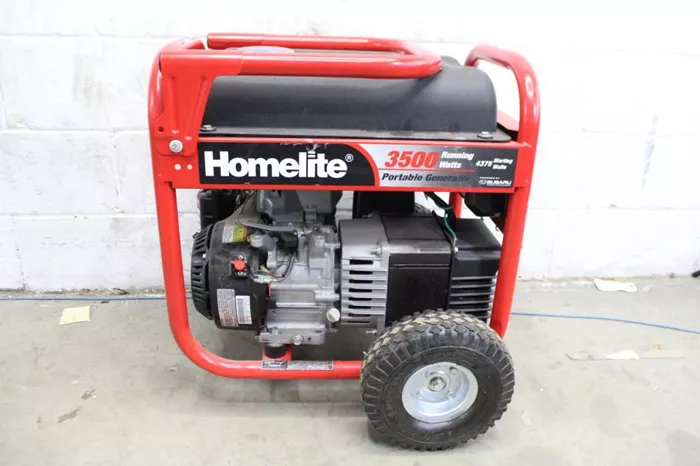Choosing the right generator for your home is crucial to ensure you have reliable backup power during outages. The size of the generator you need depends on your household’s power requirements. This guide will help you determine how many watts your home generator should have, covering essential electrical concepts, calculations, and practical tips.
Understanding Watts, Volts, and Amps
Before selecting a generator, it’s important to understand basic electrical terms:
Watts (W): A measure of power, indicating how much electricity a device consumes.
Volts (V): The electrical pressure or force that moves current through a circuit (standard U.S. household voltage is 120V or 240V).
Amps (A): The amount of electrical current flowing through a device.
The relationship between these units is:
- Watts = Volts × Amps
- For example, a 120V appliance drawing 5 amps consumes 600 watts (120V × 5A = 600W).
Types of Generators Based on Wattage
Generators come in different sizes, typically categorized as:
Portable Generators (3,000 – 10,000 Watts)
Best for powering essential appliances like refrigerators, lights, and small electronics.
Mid-Sized Standby Generators (10,000 – 20,000 Watts)
Can power most home essentials, including HVAC systems and well pumps.
Whole-House Generators (20,000+ Watts)
Designed for large homes with high power demands, supporting all major appliances simultaneously.
Calculating Your Home’s Power Needs
To determine the right generator size, follow these steps:
List Essential Appliances
Identify which devices you need during an outage. Common essentials include:
- Refrigerator (600–800W)
- Lights (60–200W per bulb)
- Sump pump (800–1,500W)
- Furnace fan (500–1,200W)
- Microwave (1,000–1,500W)
- Window AC unit (1,000–2,000W)
Check Starting vs. Running Watts
Many appliances require extra power when starting (surge watts) but less to keep running. For example:
Refrigerator: 800W (running) / 1,200W (starting)
Air Conditioner: 2,000W (running) / 3,500W (starting)
Always account for the higher starting wattage when sizing your generator.
Add Up Total Wattage
Sum the running watts of all devices you plan to use simultaneously, then add the highest starting wattage.
Example Calculation
- Refrigerator (800W running + 1,200W starting)
- Lights (200W)
- Sump pump (1,000W running + 1,500W starting)
- Microwave (1,200W)
Total Running Watts: 800 + 200 + 1,000 + 1,200 = 3,200W
Highest Starting Watts: 1,500W (sump pump)
Total Generator Needed: 3,200W + 1,500W = 4,700W
A 5,000W generator would be sufficient in this case.
Choosing Between Portable & Standby Generators
Portable Generators
Pros: Affordable, movable, good for emergencies.
Cons: Require manual setup, limited power output.
Standby Generators
Pros: Automatic operation, higher capacity, powers entire home.
Cons: Expensive, requires professional installation.
Additional Factors to Consider
Fuel Type: Gasoline, propane, or diesel? Propane lasts longer but may be less efficient in cold weather.
Transfer Switch: Essential for safely connecting a generator to your home’s electrical system.
Noise Levels: Standby generators are quieter than portable ones.
Conclusion
For most homes, a 7,500–10,000W portable generator covers essential needs, while a 20,000W standby generator ensures full-home backup. Always consult an electrician for precise calculations based on your home’s specific requirements. By understanding your power needs and choosing the right generator size, you can keep your home running smoothly during any outage.

